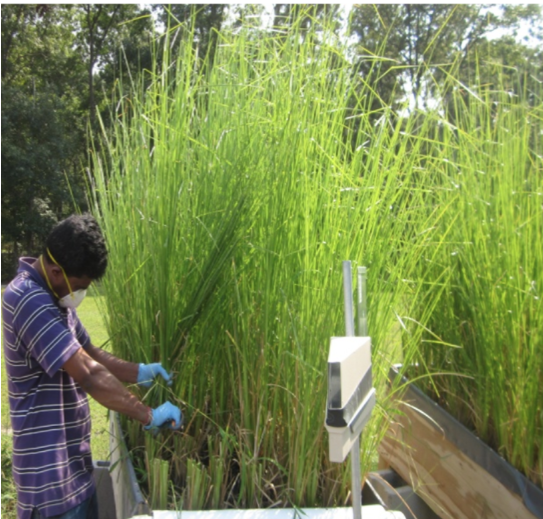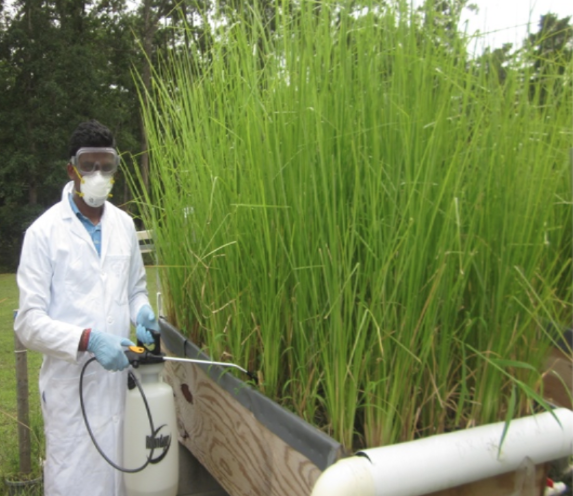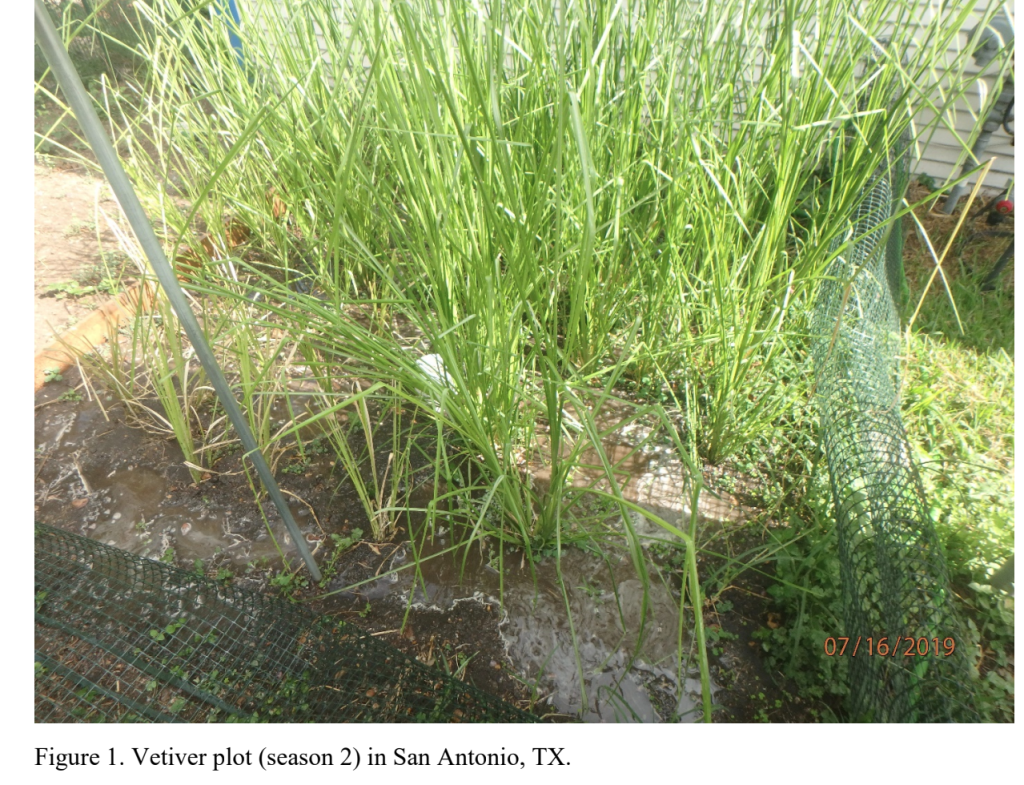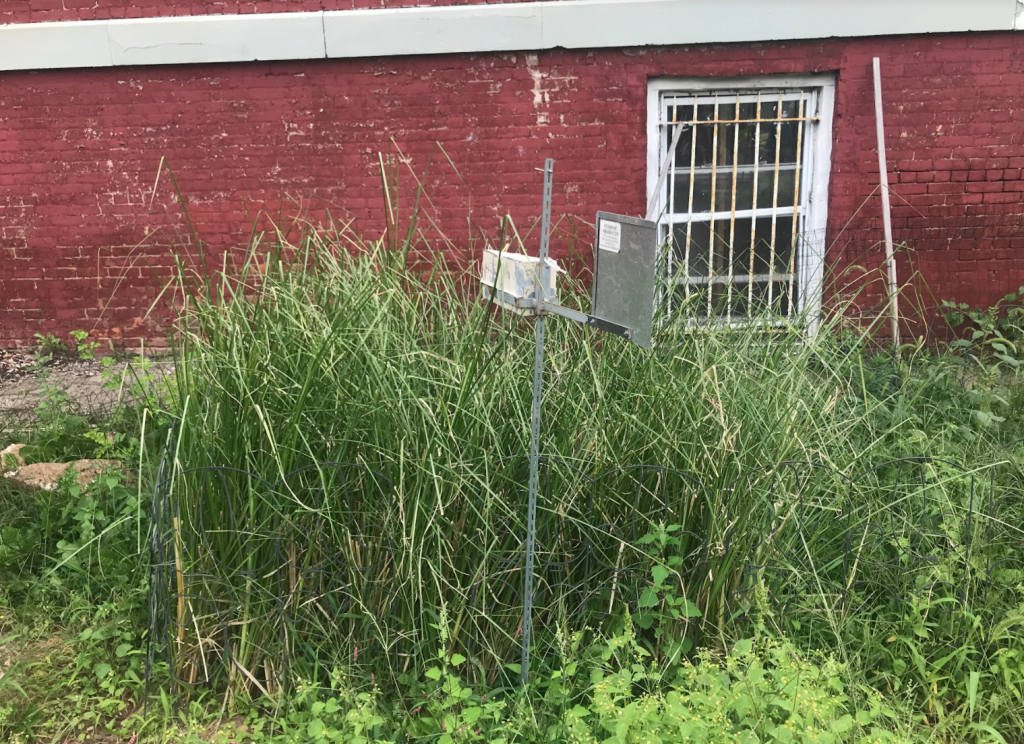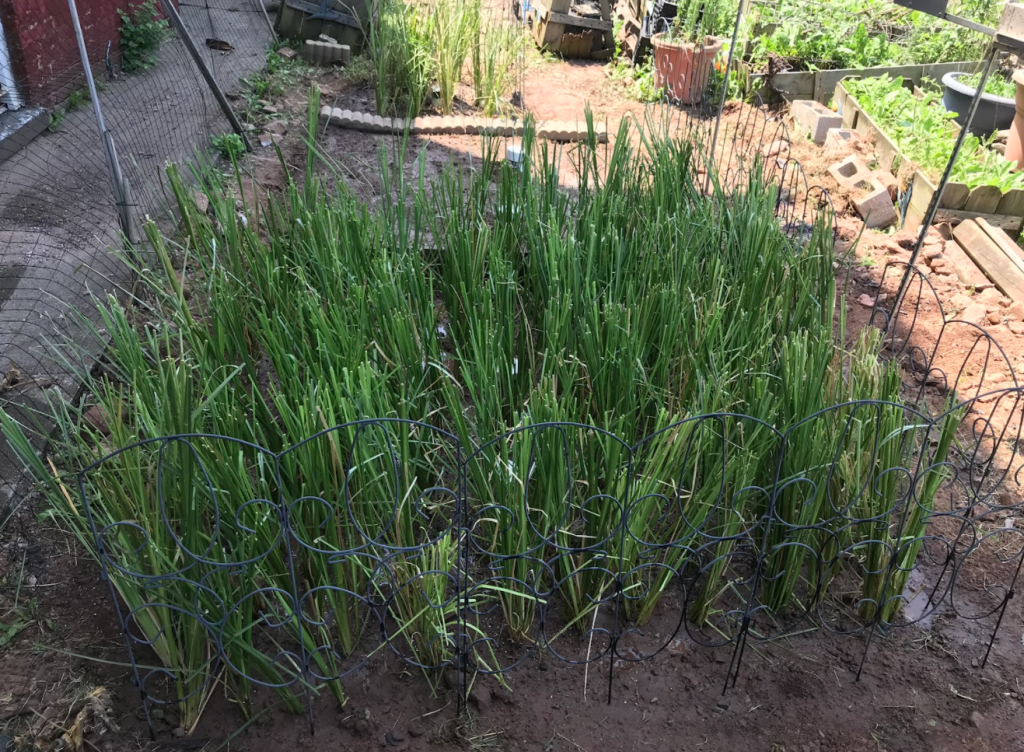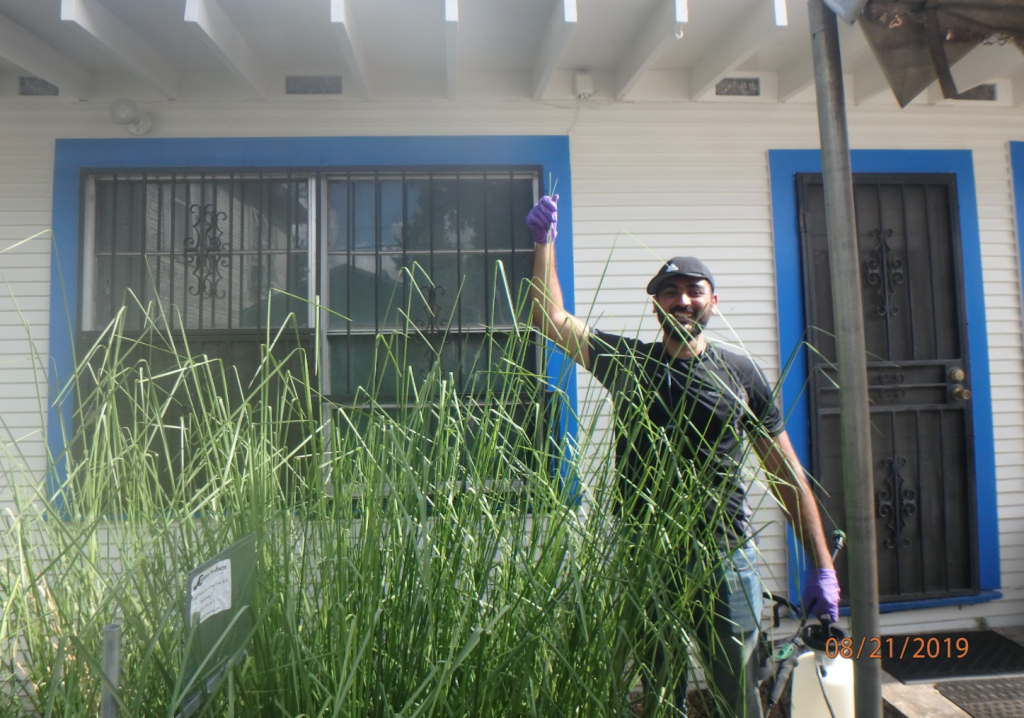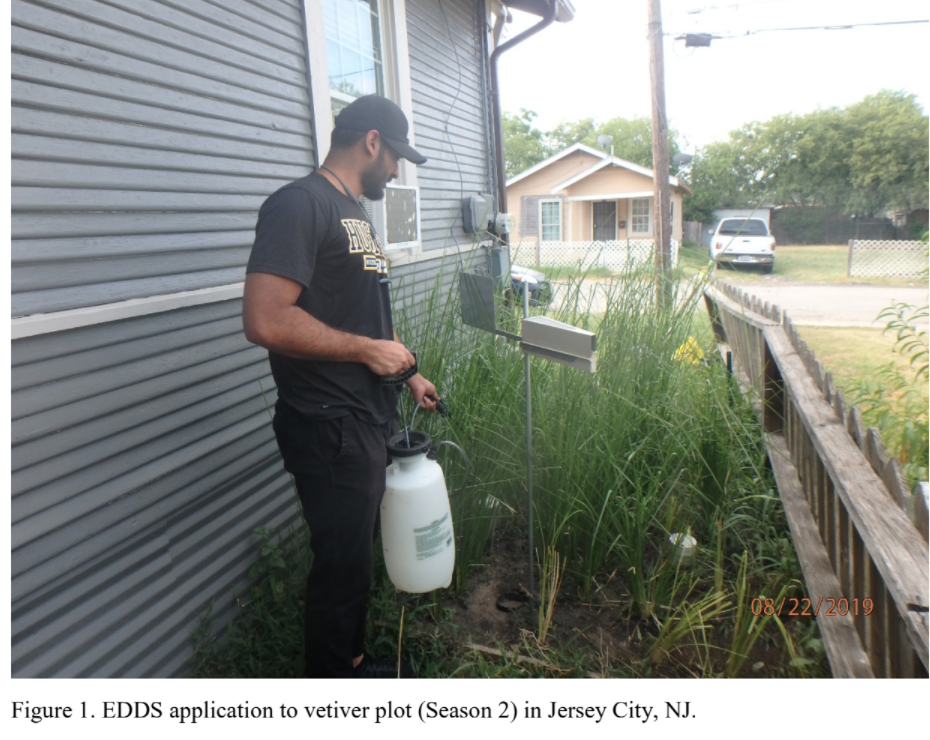Lead is a blue-grayish heavy metal found in the environment (Agency for Toxic Substances and Disease Registry. 2019). There are two types of lead-based products, organic and inorganic. The inorganic lead includes products such as lead-based paint, while an organic form of lead includes lead-based gasoline (Hawaii Childhood Lead Poisoning Prevention Program. 2021).

Due to its many uses in products such as lead pipes, gasoline, cooking pots, glassware, statues, and paint, lead has a long history as a worldwide toxin. Lead-based paint was common due to its durability well into the 19th century. In its use, the paint covered millions of homes and housing units. Lead-based paints were eventually banned in 1978 in the United States due to health concerns. When the paint peels and cracks, it creates lead-based dust, which can be inhaled. Dust can be created by opening a window, floor, or cabinets. The paint peels can also get into the soil system, with which children play outside and come into contact (Saminathan et al. 2010).
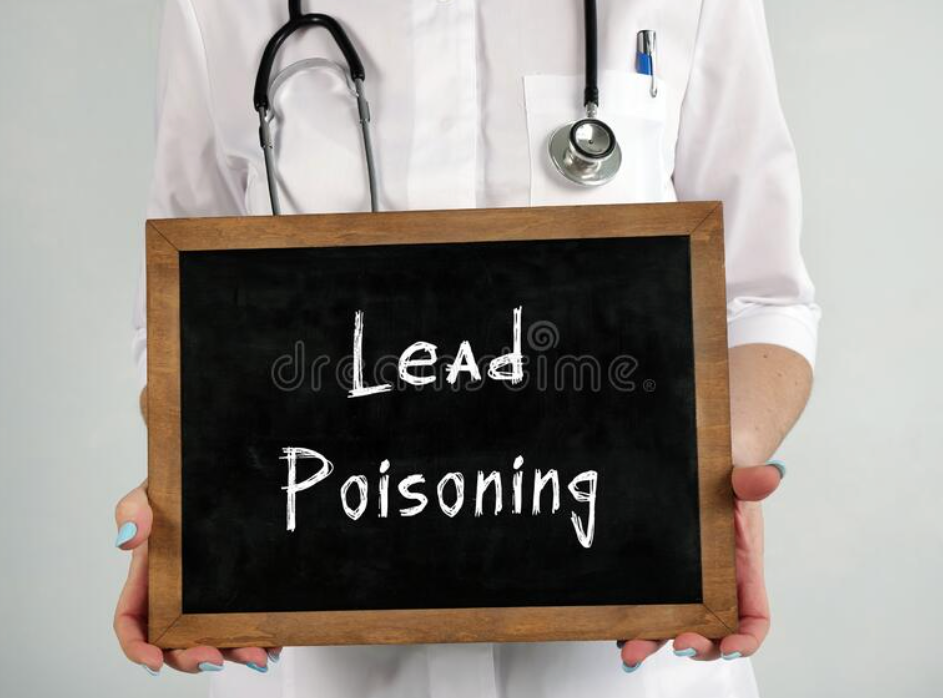
According to the United States Agency for Toxic Substances and Disease Registry (ATSDR) and the US Environmental Protection Agency (USEPA), lead is one of the top ranked hazardous substances (Saminathan et al. 2010). Since the ban on lead gasoline in 1996, most of the lead exposure is due to inhalation or ingestion of lead dust and soil particles near/in homes due to lead paint (Saminathan et al. 2010).
Lead in fine particles can be inhaled and absorbed directly through the lungs or ingested and absorbed by the GI tract (Agency for Toxic Substances and Disease Registry.2019). Children are at a higher risk to lead compared to adults.Lead exposure to children can result in permanent nervous system damage, developmental delays, lower IQ, weight loss, stomach pain, and seizures (Mayo Clinic). The symptoms of lead poisoning include stomach pain, joint pain, headaches, neurotoxicity, anemia. Prolonged exposure may lead to kidney dysfunction, heart disease, and reduced fertility (Centers for Disease Control and Prevention). As of currently there is no safe blood lead level (Datta. 2018).
Cleaning up the lead in your house can be expensive. Lead abatement is designed to remove lead-based paint hazards (the United States Environmental Protection Agency). The estimated expense for lead abatement is between $10,000 and $30,000 (Datta. 2018). Lead in the soil can be removed by physical, chemical or biological methods. Physical and chemical methods offer advantages but have limitations such as being expensive, difficult in residential areas, and leaching effects. Phytoremediation is an environmentally friendly, inexpensive method that can be done in residential areas (Andra et al. 2010). Phytoremediation uses plants to treat, remove, degrade, and stabilize pollutants such as lead from the soil (Merriam-Webster).
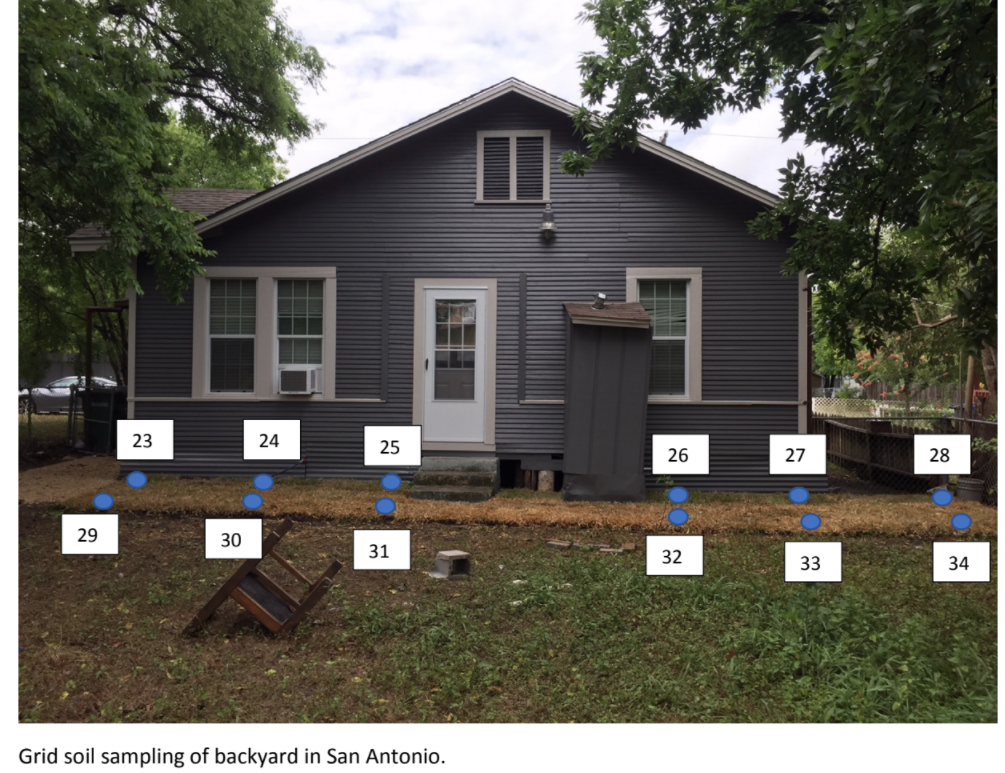
One common plant used in phytoremediation is Vetiver grass (Vetiveria zizanioides). Vetiver grass is a fast-growing perennial grass known for its high tolerance, and ability to hyper-accumulate heavy metals such as arsenic, cadmium, copper, chromium, nickel, and lead (Banerjee et al. 2016).
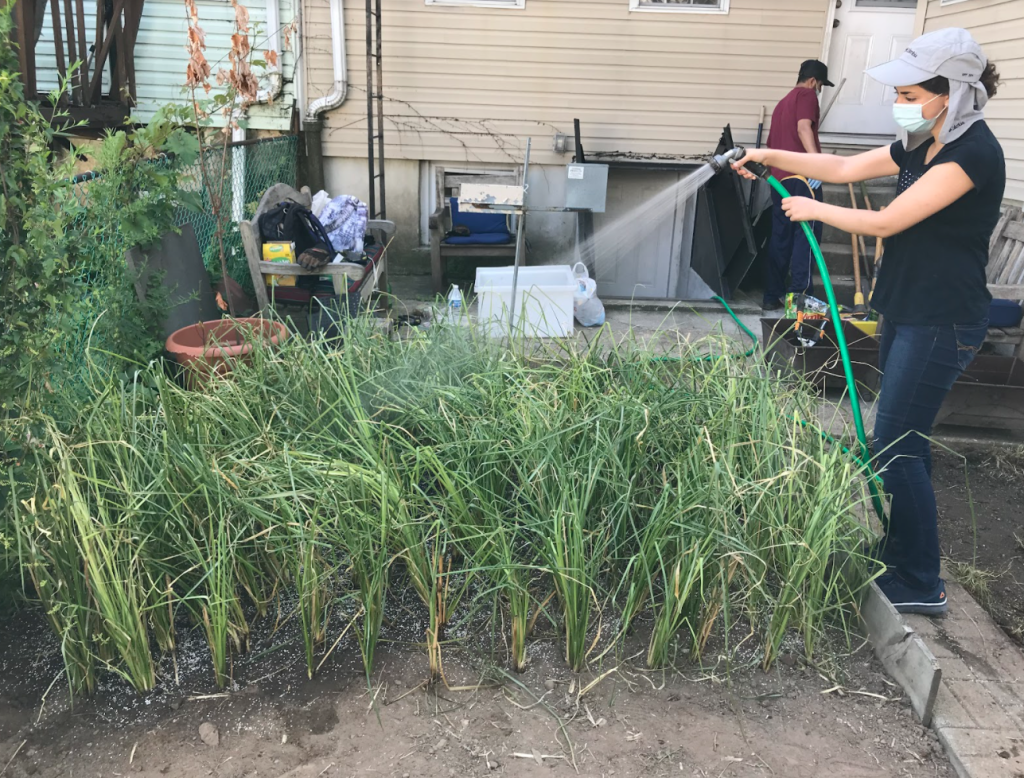
Thirty million housing units have lead paint and contain high levels of lead dust in the United States (America’s Health Rankings.2022). The purpose of this research was using Vetiver Grass to develop a phytoremediation method to clean up lead-based paint contaminated soils. Residential areas in San Antonio, Texas, and Baltimore, Maryland, were chosen for the study (Andra et al. 2006). The research is divided into 3 phases:
- Phase 1: A greenhouse
- Objectives were to determine the efficiency of vetiver grass in lead phytoremediation.
- Examine the relationship between geochemical and phytoavailable lead as a function of soil properties.
- To evaluate EDDS as a potential environmentally friendly chelating agent.
- Identify the biochemical mechanisms behind vetiver’s tolerance to lead contamination.
- Evaluate the use of vetiver grass to reduce human bioavailable lead.
- Objectives were to determine the efficiency of vetiver grass in lead phytoremediation.
- Phase 2: A simulated field study
- A field study was conducted to evaluate the efficiency of chelating agents EDTA and EDDS on phytoremediation by vetiver grass and fescue from lead-based paint-contaminated soils.
- Stimulated field studies were conducted in wooden platforms in Baltimore, Maryland and San Antonio, Texas.
- Phase 3: A field study
- Field studies were conducted in San Antonio, Texas and Stockton, New Jersey.
- The objective of this study is to
- Test the chemically-catalyzed phytoremediation model in 6 properties over 2 years.
- Evaluate the biochemical mechanisms behind vetiver’s tolerance.
- Test vetiver grass ability to reduce soil erosion.
- Evaluate vetivers biomass for reusable possibilities.
- Engage the community through outreach and educational programs.
- Develop a Manual for widespread use.
Citations:
Agency for Toxic Substances and Disease Registry. Environmental. 2017. Health and Medicine Education.
Agency for Toxic Substances and Disease Registry. July 2, 2019. Where is lead found.
https://www.atsdr.cdc.gov/csem/leadtoxicity/lead_found.html
Hawaii Childhood Lead Poisoning Prevention Program. (2021). Keeping our Keiki Lead-Free.
Saminathan, S., D. Sarkar, S. Andra, and R. Datta. 2010. Lead Fractionation and Bioaccessibility in Contaminated Soils with Variable Chemical Properties. Chemical Speciation and Bioavailability. 215-225
Agency for Toxic Substances and Disease Registry. July 2, 2019. Where is lead found. https://www.atsdr.cdc.gov/csem/leadtoxicity/lead_found.html
America’s Health Rankings.2022
Centers for Disease Control and Prevention. (January 28, 2022). Lead in Paint.
Mayo Clinic. Jan 21, 2022. Lead poisoning
https://www.mayoclinic.org/diseases-conditions/lead-poisoning/diagnosis-treatment/drc-20354723
Datta, R. Do we need to worry about lead contamination in our backyard. 2018
Andra, S., D. Sarkar, R. Datta, and S. Saminathan. 2006. Lead in Soils in Paint Contaminated Residential Sites at San Antonio, Texas, and Baltimore, Maryland. Environmental contamination and toxicology.
Banerjee, R., P. Goswami, K. Pathak, and A. Makherjee. 2016. Vetiver grass: An environmental clean up tool for heavy metal contaminated iron ore mine soil. Ecological Engineering. 90: 25-34.https://www.sciencedirect.com/science/article/pii/S0925857416300271?casa_token=65VC9V9smEQAAAAA:vXDQxvJeMLA9swmC5btFgmVrGd7l1cBjQvL6gw55DvyGDRHFyByB7XwvO6k2ynKgkGJGUrA
United States Environmental Protection Agency. Lead Renovation, Repair and Painting Program. https://www.epa.gov/lead/lead-renovation-repair-and-painting-program
Merriam-Webster. Phytoremediation. https://www.merriam-webster.com/dictionary/phytoremediation
U.S. Environmental Protection Agency, Region III. 2020. Lead in soil.
https://www.epa.gov/sites/default/files/2020-10/documents/lead-in-soil-aug2020.pdf
United States Environmental Protection Agency. Learn about Lead. https://www.epa.gov/lead/learn-about-lead#:~:text=Lead%20can%20be%20found%20in,lead%2Dbased%20paint%20in%20homes
